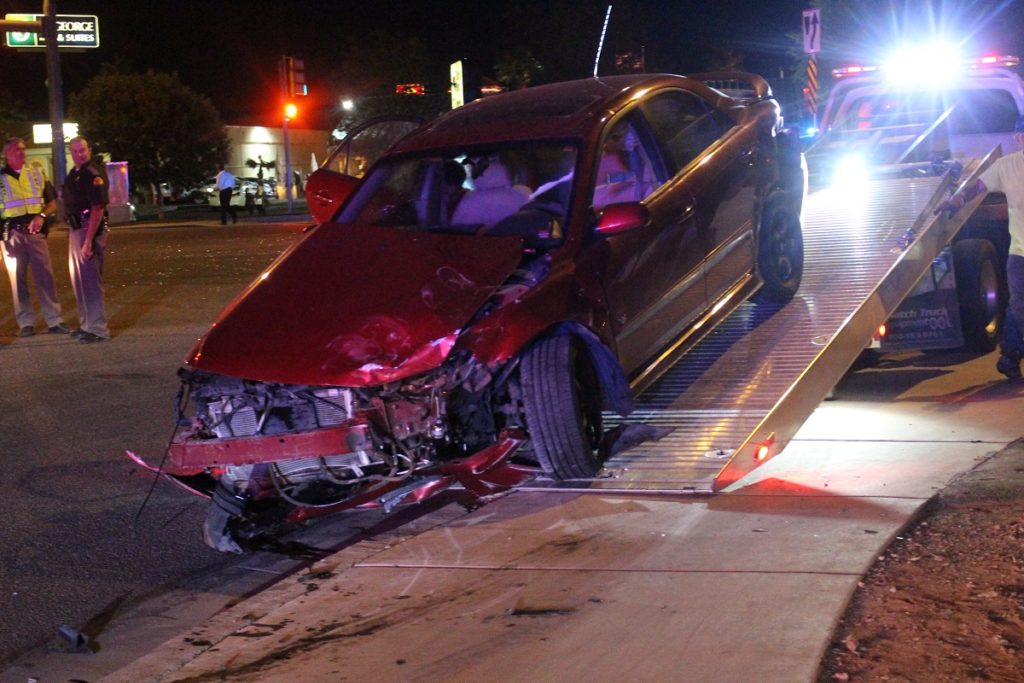Severe car crashes can cause soft tissue damage which can result in ligamentous instability. A common example of this is whiplash. The force of the impact during an automobile accident moves the head and torso in opposite directions thus damaging the ligaments in the neck and spine. These ligaments work together with the muscles and tendons to keep our head, neck, and back in proper alignment. This provides the necessary support to control the movement and body position of the head. If the ligaments are damaged due to a collision, they can become loose or lax. The lack of support and increased instability can lead to other injuries and chronic pain. In extreme cases, the ligament can be torn and result in the joint being nonfunctional.
Here are some symptoms of ligamentous laxity. The most common symptom of loose ligaments is the ability to overextend your joint.
- Pain with certain movements
- Tingling or numbness
- Persistent or chronic pain
- Grinding, snaps, or clicking sounds from joints
How Does Ligament Laxity Occur? Ligament laxity occurs when the ligaments surrounding your joints become too loose, allowing the joint to move beyond its normal flexible position. For many individuals, ligament laxity is genetic and may begin at a young age. It may involve one or more joints or affect the entire body (general joint hypermobility). Ligamentous instability may also occur after a ligament is damaged and does not heal properly.
Research by Danielle Steilen, et al., states when the capsular ligaments are injured, they become elongated and exhibit laxity, which causes excessive movement of the cervical vertebrae. In the upper cervical spine (C0-C2) this can cause several other symptoms including but not limited to nerve irritation, insufficiency with associated vertigo, tinnitus, dizziness, facial pain, arm pain, and migraine headaches. In the lower cervical spine (C3-C7), this can cause muscle spasms, crepitation, and or paresthesia in addition to chronic neck pain. In either case, the presence of excessive motion between two adjacent cervical vertebrae and associated symptoms describes cervical instability.
According to the American Chiropractic Association, most whiplash patients suffer mild muscle strains and recovers within three weeks without medical care. Unfortunately, up to 42 percent of these traumatized patients begin a journey down a path from acute pain to chronic pain syndrome.
I’ll perform an assessment to determine which treatment will provide you with optimal results. Our doctors use techniques that involve normal joint kinematics without additional trauma to the already loose joint. Call our office today for a consultation.


